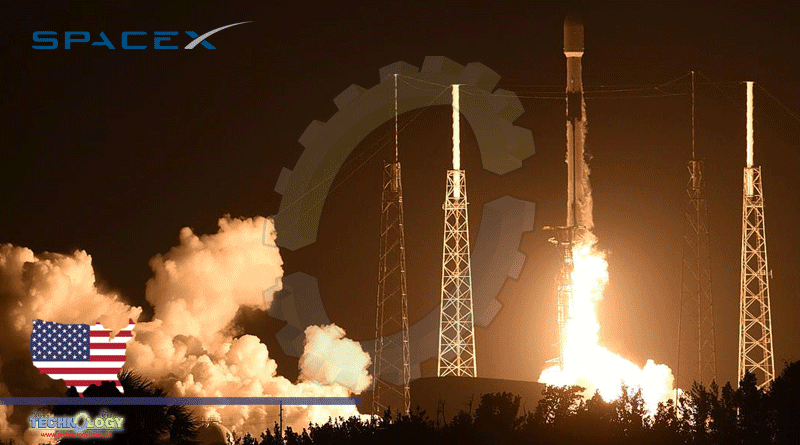You Can Fly And Refly An Orbital Class Booster, Which Is The Most Expensive Part Of The Rocket

SpaceX has failed to land its Falcon 9 rocket after launching the latest batch of its Starlink satellites into orbit. The launch took place at Space Launch Complex 40 in Cape Canaveral Space Force Station in Florida just before 11pm local time on Monday (4am GMT, 16 February). The payload of 60 broadband satellites were delivered safely to orbit but the rocket’s first stage missed its target when attempting to land on SpaceX’s ‘Of Course I Still Love You’ drone ship in the Atlantic Ocean. If it had succeeded, it would have been the sixth landing of that particular Falcon 9 rocket. SpaceX said it was “unfortunate” that it was unable to land the booster for the sixth time, though noted that it had succeeded in recovering the other half of the booster.
Before its botched landing, the Falcon 9 used in the latest Starlink mission had already been a part of two different SpaceX Dragon cargo resupply runs to the International Space Station (ISS), one previous Starlink launch and two other satellite launches. Despite the failure, SpaceX continues to pioneer rapid rocket reusability, having first achieved the feat in 2017 when it sent one of its used Falcon 9s back into space. “It means you can fly and refly an orbital class booster, which is the most expensive part of the rocket,” SpaceX CEO Elon Musk said at the time.
“This is going to be, ultimately, a huge revolution in spaceflight. It’s been 15 years to get to this point, it’s taken us a long time… But I’m just incredibly proud of the SpaceX team for being able to achieve this incredible milestone in the history of space.” Mr Musk has touted rocket reusability as one of the key barriers to humanity’s space endeavours. By overcoming the challenge, he hopes to eventually use the technology to make frequent trips to the moon and Mars economically viable. The first crewed trips to Mars aboard SpaceX craft could take place as early as 2024, according to the technology billionaire.
This news was originally published at Independent
